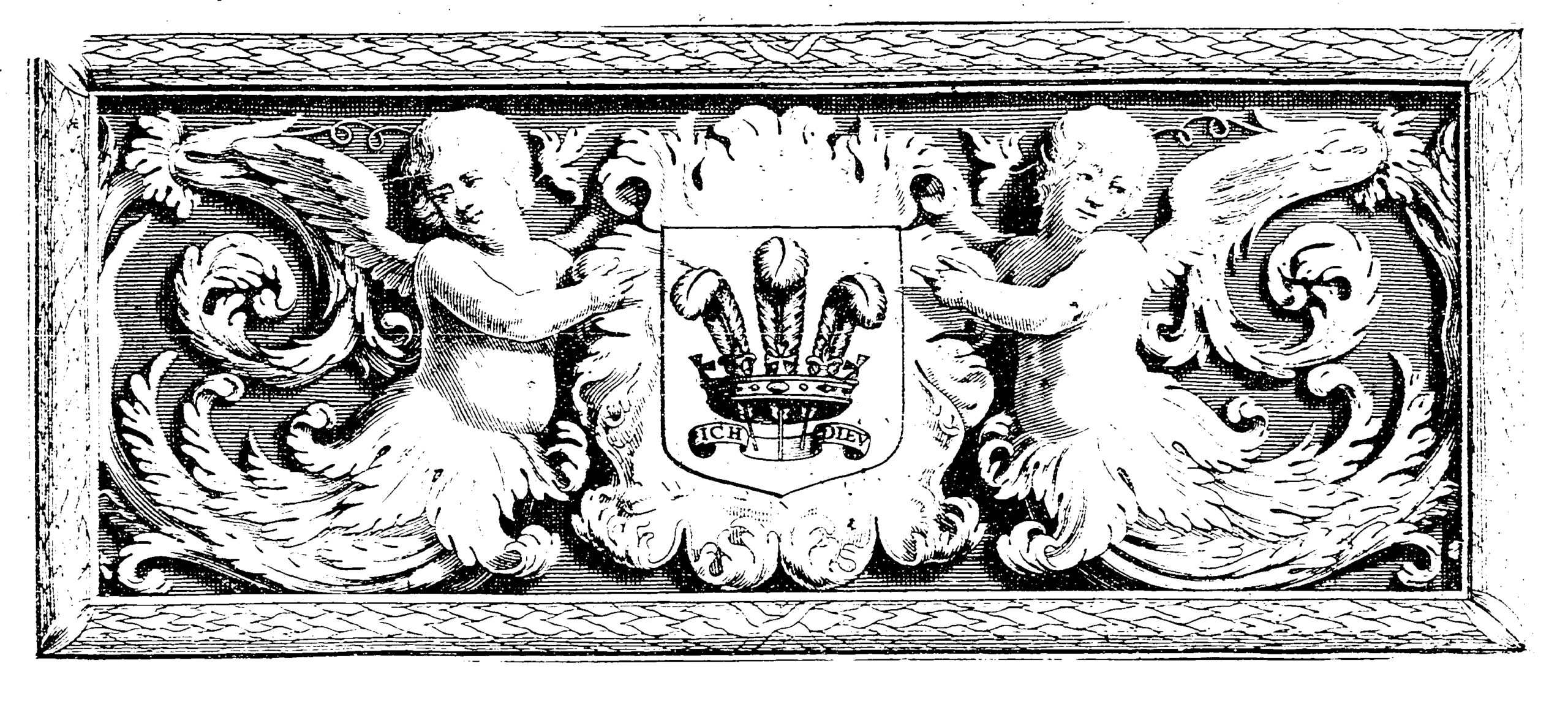Home for the holidays,
I believe I’ve missed each and every face,
Come on and play my music,
Let’s turn on the love light in the place
It’s time I found myself,
Totally surrounded in your circles
Whoa, my friends
Please, celebrate me home,
Give me a number,
Please, celebrate me home
Play me one more song,
That I’ll always remember,
And I can recall,
Whenever I find myself too all alone,
I can sing me home.
Kenny Loggins & Bob James, 1977
“Celebrate Me Home” Kenny Loggins
(Yep, you can click above to hear the song.)
This song has always spoken to me so I thought I might try to express in words where my mind goes when the tune makes its way into my December days. It is also a way for me to reveal the corner of my Christmas heart that is reserved for my childhood Christmas, a place that we can each revisit in our own way, whenever we choose.
I am only one of two siblings. My brother and I were the first grandchildren of seventeen. And, while I can’t speak for my brother, I imagine that he and I both had a very strong sense that we were only one part of a much larger unit that made up my Mom’s huge family. Because of this I was lucky enough to experience Christmas with a wonderful collection of younger cousins that made up a family soup that sometimes was four or five generations deep. It was always so exciting to gather together and see new babies come into the family. Then I watched them grow into fresh-faced toddlers, picking up pecans in the front yard or seeing them open that Christmas stocking from VJ and Bear.
I confess my frustration as the family grew to such a degree that it required the designation of the “kids table.” Surely, my demotion led to me adopting an exaggerated bottom lip, my go-to way of expressing dissatisfaction with the change in the seating arrangements. This temporary protest didn’t last too long and never interfered with my ability to enjoy years of Christmas dinners that were punctuated by my great grandmothers pineapple pies, if we were lucky and they were able to make the drive in from out of town. It took some time, but I did finally make it back to the adult table. (Looking back from here, though, it’s clear that the kids table was just as cool.)
Perhaps my younger cousins have some of the same mental snapshots captured in their memory. In my mind’s eye I can revisit on command: the stereo credenza playing Christmas music from the upstairs hall and filtering downstairs providing a soundtrack for coordinated family photographs, dressing and eating breakfast BEFORE opening gifts, Christmas caroling with fingers only slightly toasted by hot wax from the candles we held, singing the Hallelujah Chorus as a family in the front music room, hospitals, and nursing homes, and decorating a table full of Christmas cookies with bowls of colorful icing. The front kitchen was heavy with homemade gifts given to my grandfather, know to the family as Bear, by his patient’s as a Christmas token or as payment for a late night house call when he treated a sick family member. Mistletoe hung from doorways. Rubber bands, slyly pulled from the many doorknobs throughout the house, led to ruckus shootouts with aunts and uncles. Gas heaters purred in the background and pressure cookers rocked and sputtered, both helping to warm the rooms overflowing with family. Babies bounced from doorways on their new springy, jumpy seats. Their laughter was interrupted by the occasional “Lawzy, close that door!” as the more mobile free-range cousins moved too quickly from the back yard to the front of the house, failing to shut the sliding glass door, letting in all the cold air.
And it wasn’t officially family time until one of the younger cousins had their feet baptized in Bear’s spittoon. This resulted in the victim bursting into red-faced squalls as tears of shame fell down their cheeks because of their unfortunate and grotesque misstep. Laughter quickly followed. But we didn’t do this to poke fun at them. We laughed because that brass spittoon had claimed its easy mark and, for once it wasn’t one of us. (Some of the less mindful kids, forgetting its position under the prime TV spot, got to experience it for the third or fourth time!) It was a right of passage, destined to happen to everyone at some point. The offended foot was quickly cleaned by VJ, after she punctuated the moment, raising her voice to say “Roy,” probably hoping her reprimand would finally put an end to this messy ritual. It never did. But we did tap down the laughter a bit, or at least I did, out of respect for the authority she struggled to maintain over this riotous mass of humanity.
All of these things and more are ingrained in my mind and shaped what Christmas means to me. I have a wonderful family of my own now and we replicate many of these same traditions, minus the spittoon. I look forward to the future with my own family and to possibility of watching Christmas through my adult children when someday they will become parents and we experience again the joy of the season through fresh eyes of the next generation.
My cousins, aunts, and uncles may not know how important that they are to me. So I send out this little Christmas moment to each of you so you know how much I think of you on this Christmas and every Christmas to come. You are always present and part of my holiday celebration. Memories of Christmas past and of you help to celebrate me home every year. I love each and everyone of you.
Merry Christmas,
Gina
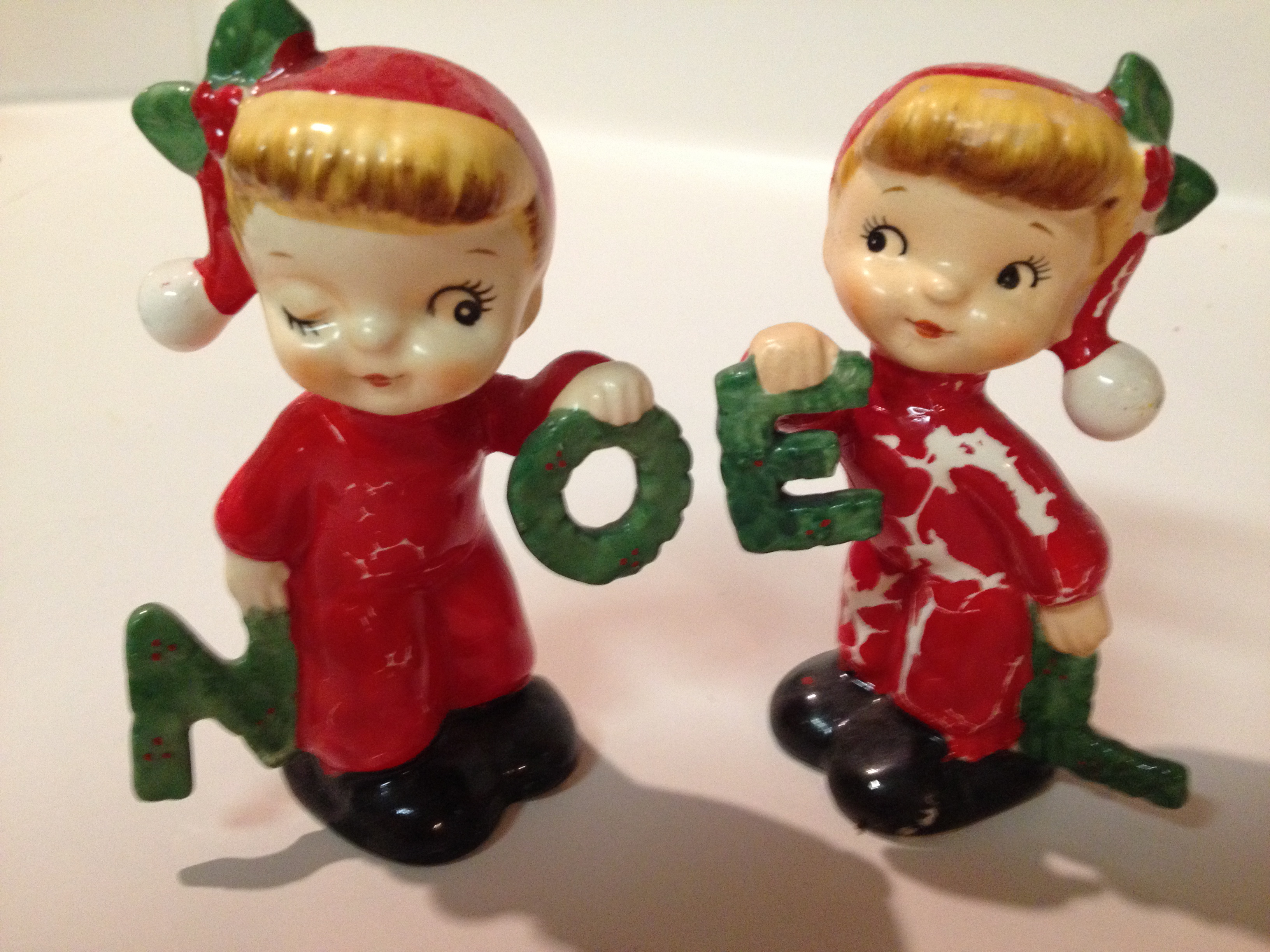
(P.S. These little Noel people lived on the Kemper family mantle in December and they are a treasure to me.)
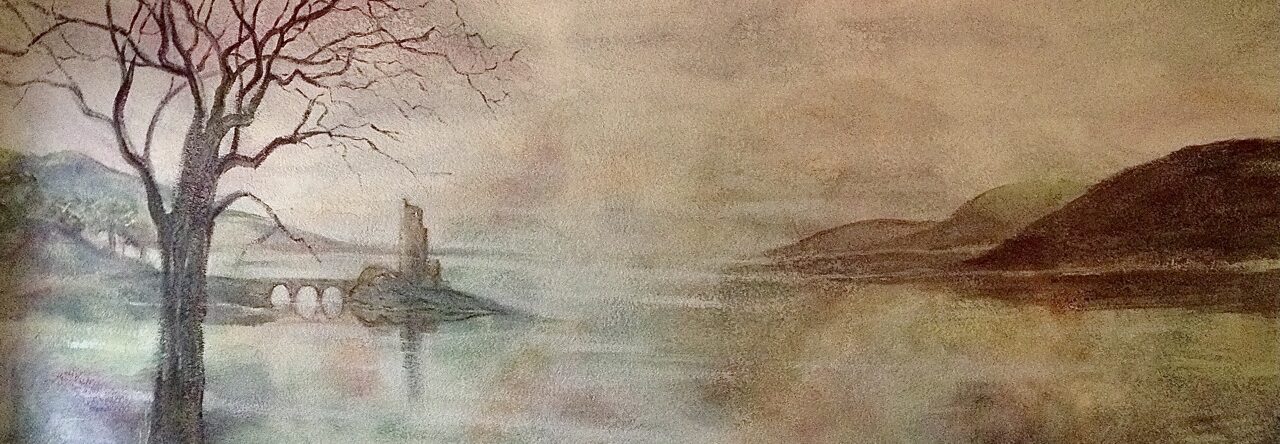
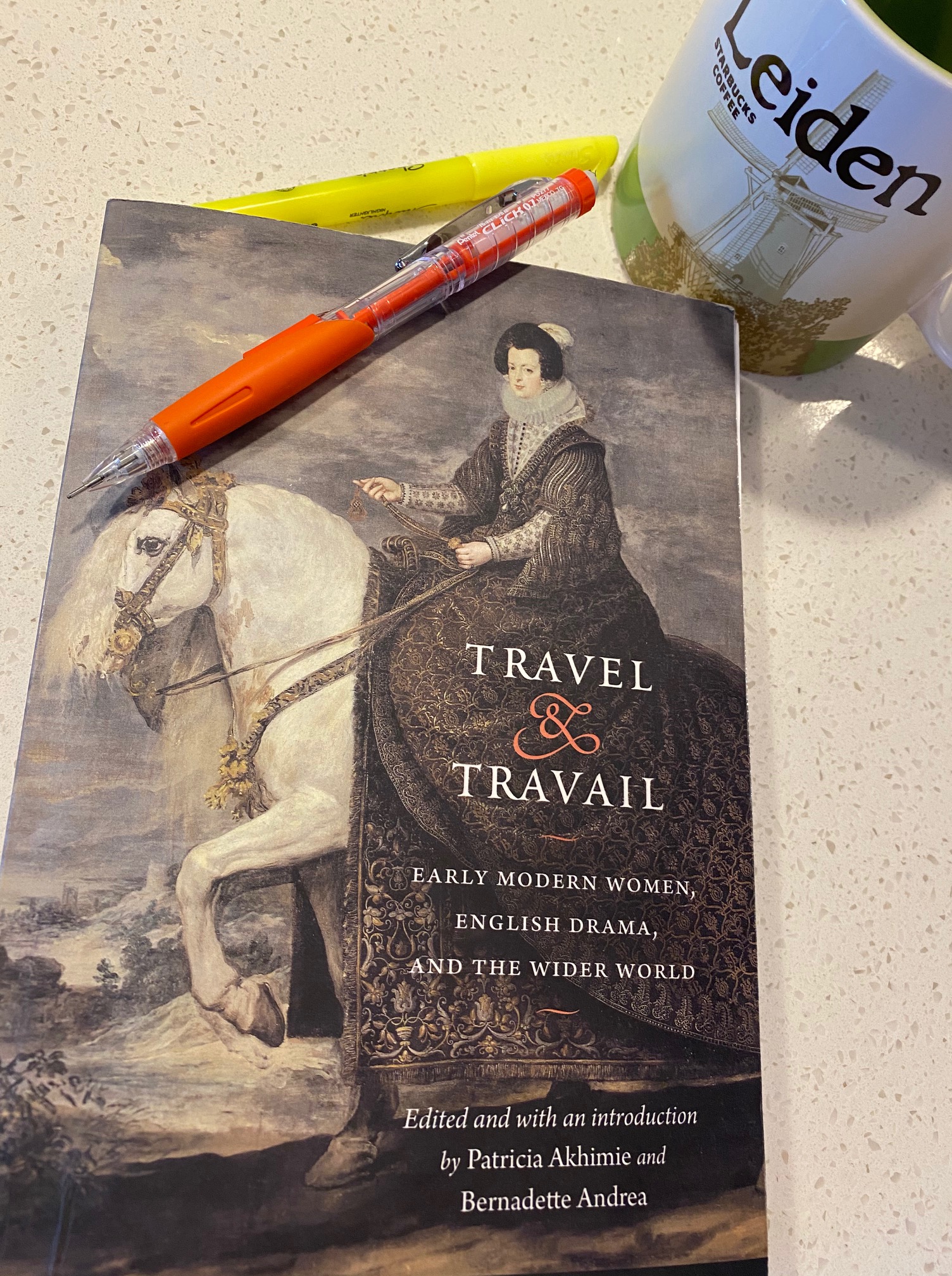
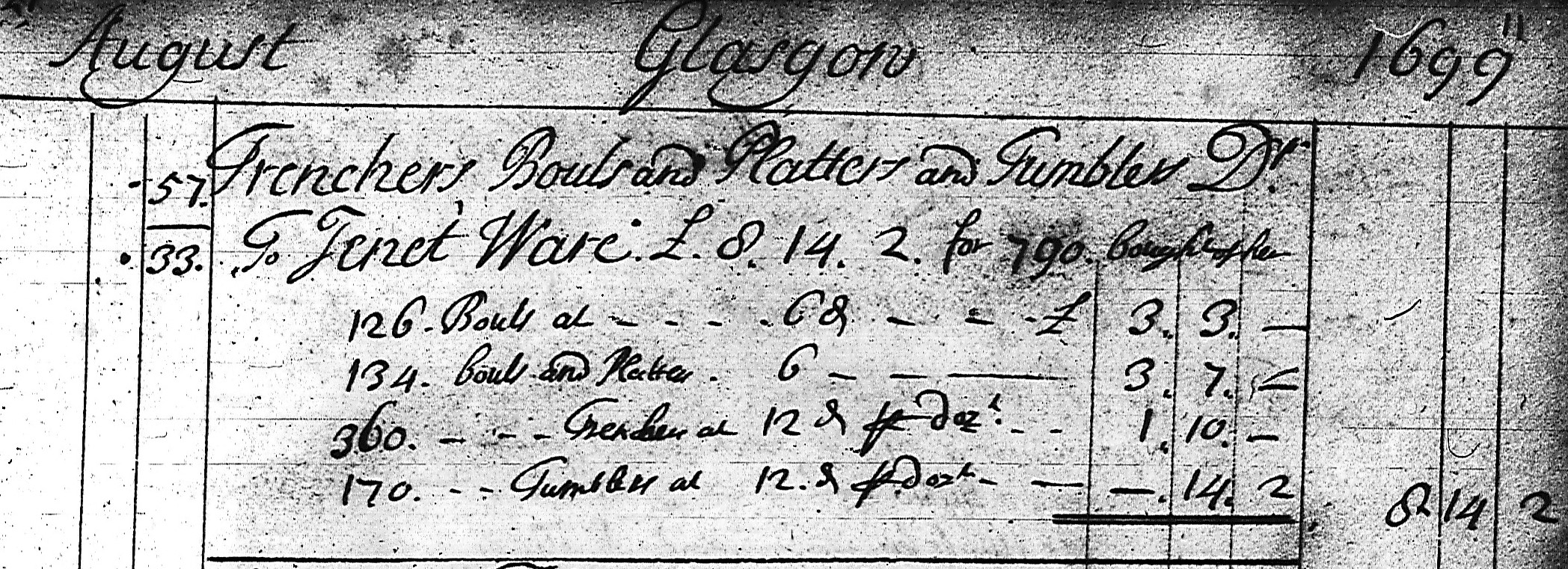

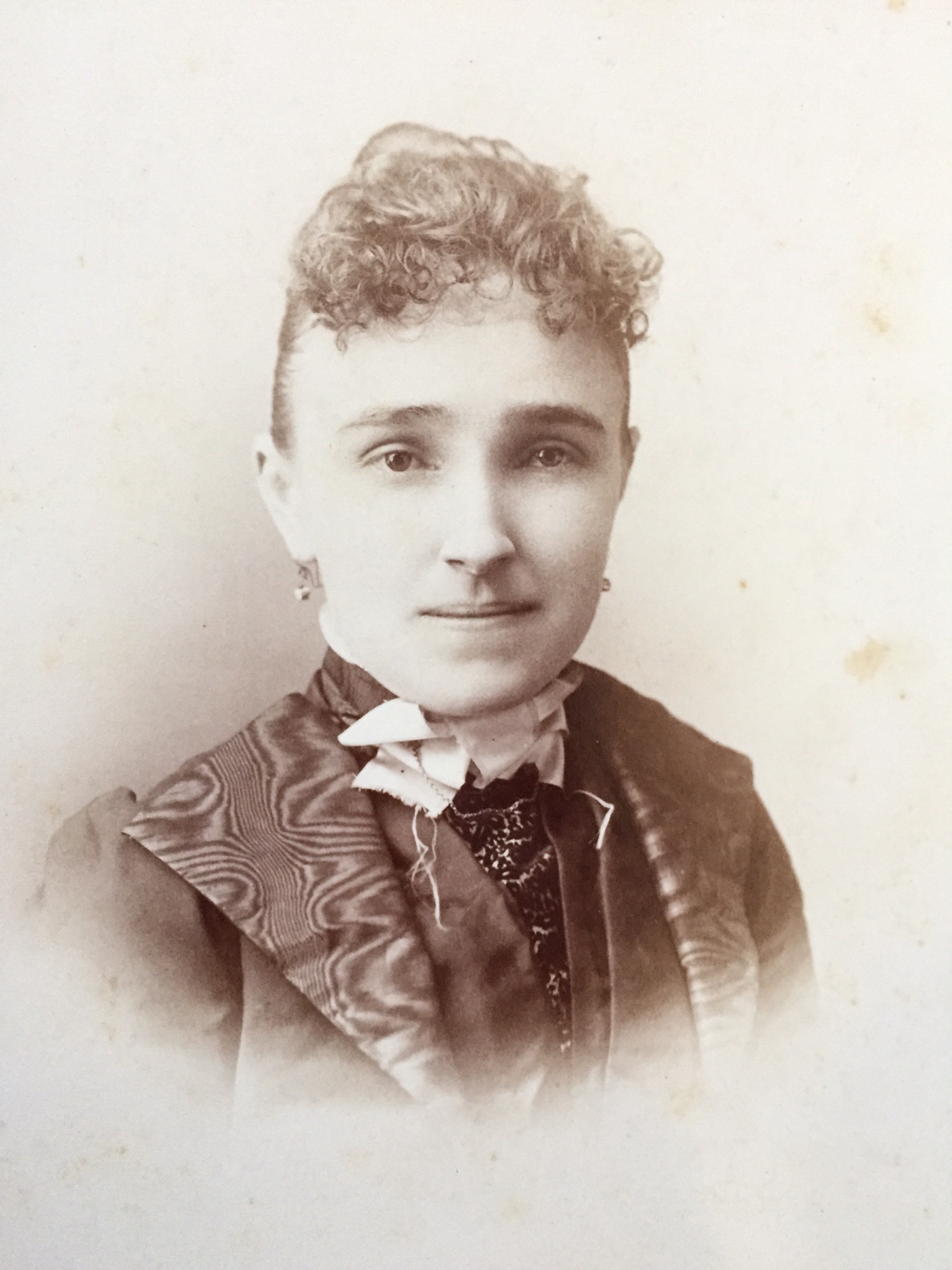
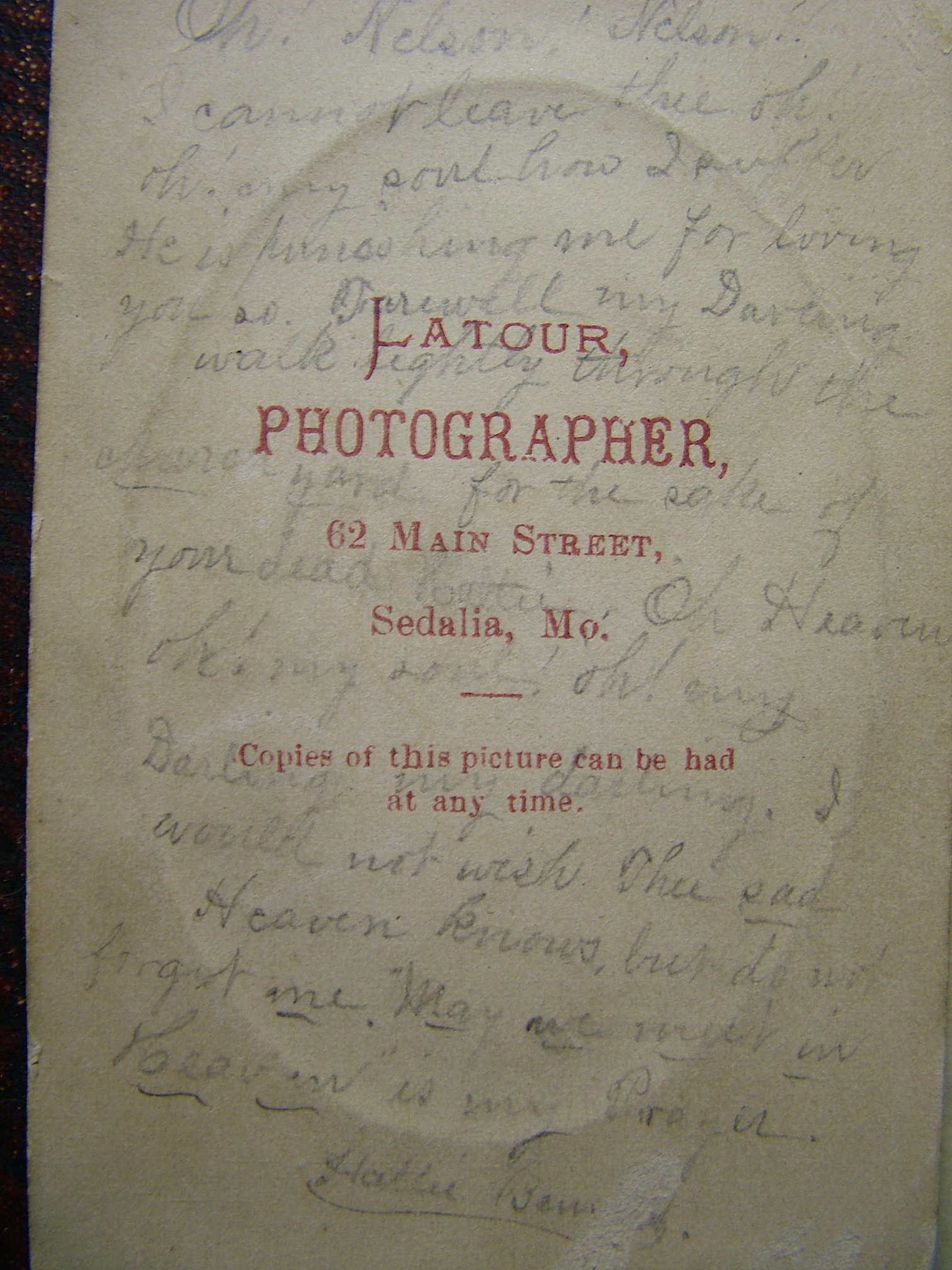 knows, but do not forget me. May we meet in Heaven is my Prayer. Hattie Bennett.”
knows, but do not forget me. May we meet in Heaven is my Prayer. Hattie Bennett.” Over the course of the next few months you can visit my blog where I will highlight a few of the many events of Hattie’s life. The casual nature of blogging allows me to take a divergent journey to explore the events influencing this Victorian woman and is separate from my dissertation study of Scottish women who migrated to places throughout the Atlantic. Hattie’s death, though tragic, is out-distanced by the interesting life details she leaves behind and is certainly worth the detour.
Over the course of the next few months you can visit my blog where I will highlight a few of the many events of Hattie’s life. The casual nature of blogging allows me to take a divergent journey to explore the events influencing this Victorian woman and is separate from my dissertation study of Scottish women who migrated to places throughout the Atlantic. Hattie’s death, though tragic, is out-distanced by the interesting life details she leaves behind and is certainly worth the detour.